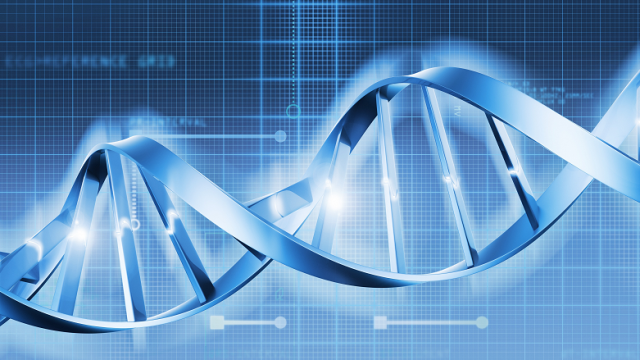Tomas Lindahl, Aziz Sancar, and Paul Modrich share this year’s Nobel Prize in Chemistry for mapping out the mechanics of how cells repair damaged DNA.
DNA is an unnervingly fragile molecule, considering its importance. Ultraviolet radiation from the Sun, or problems during cell division, cause changes in your genetic code, which can turn normal, healthy cells into cancer. It’s also unstable; DNA breaks down on its own, causing thousands of changes in the genetic code every day.
In fact, as Thomas Lindahl of the Francis Crick Institute and Clare Hall Laboratory demonstrated, DNA decays so quickly that life never should have been able to develop. To explain why we’re here anyway, he discovered a molecular mechanism within our cells, called “base excision repair,” that constantly works against the thousands of changes that happen every day as DNA breaks down.
The genetic code is vulnerable to other types of damage, too. The cells in your body divide several million times a day, and every time a cell divides, it makes a copy of the DNA stored in its nucleus, which will provide genetic instructions for the new cell. Sometimes, however, the new copy doesn’t come out quite right. Paul Modrich demonstrated another mechanism, called “mismatch repair,” through which cells correct these transcription errors.
Cells also have to protect DNA against outside dangers. Exposure to ultraviolet radiation, free radicals, and other substances can damage your DNA, causing mutations that lead to skin cancer and other types of cancer. Aziz Sancar mapped out the process of “nucleotide excision repair,” a mechanism that repairs damage to DNA from UV radiation or carcinogenic substances.
Along with giving us a better understanding of how cells work, Lindahl, Modrich, and Sancar’s discoveries have contributed to the development of new cancer treatments.
In a press release, the Royal Swedish Academy of Sciences, the body that awards the Noble Prize, said, “The reason our genetic material does not disintegrate into complete chemical chaos is that a host of molecular systems continuously monitor and repair DNA. The Nobel Prize in Chemistry 2015 awards three pioneering scientists who have mapped how several of these repair systems function at a detailed molecular level.”
Stay tuned for a more detailed explanation of DNA repair later today.
[Royal Swedish Academy of Sciences]
Image credit: Getty Images
